Harriton House
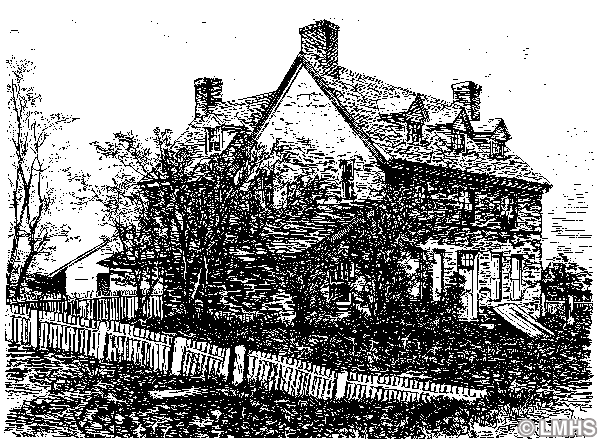
Americans often search for their heritage in the homes of their patriots. Harriton House in Bryn Mawr is no exception. Charles Thomson, first and only Secretary to the Continental Congresses, was Harriton’s most famous occupant, but the story of the house and estate encompasses more than 300 years beginning with the settlement of Merion by Welsh Quakers. The property was originally a 700 acre land grant from William Penn in 1682 and part of a much larger tract of land known as the Welsh Barony or Welsh Tract. Today the restored 1704 house and surrounding 16-1/2 acre park are open to the public as a cultural resource owned by Lower Merion Township and administered privately by the Harriton Association, a not-for-profit membership corporation.
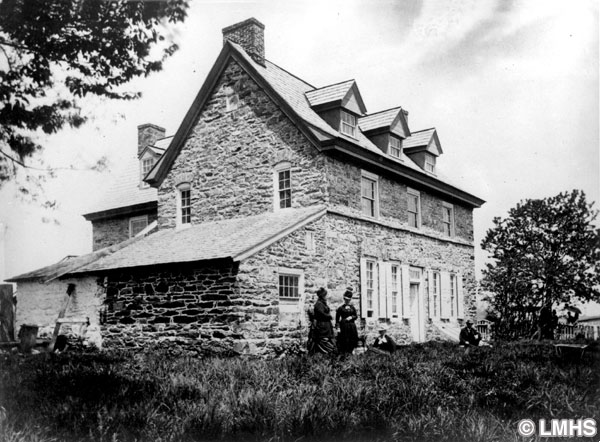
Bryn Mawr
The house we know as Harriton was built by Welsh Quaker Rowland Ellis (1650-1731) in 1704 and called Bryn Mawr (meaning “high hill”) after Ellis’ ancestral farmstead in Wales. The three story, T-shaped stone house with its flaring eaves and tall brick chimneys is a unique survivor of substantial early domestic architecture in southeastern Pennsylvania. Interior paneling and the closed-string staircase endure in the house from this early period.
Prominent Quaker
Rowland Ellis was a substantial member of his Welsh community, serving as a member of the Pennsylvania Assembly, tax assessor, tax commissioner, justice of the peace, overseer of Radnor Meeting and overseer of the Quaker public schools in Philadelphia. Ellis served his Welsh neighbors as a translator in the marketplace and courts.
He first arrived from Dolgellau, Merionethshire, northwest Wales, in 1687 and settled here ten years later on his 700 acre estate. He experienced financial difficulties and was forced to sell his beloved home in 1719.
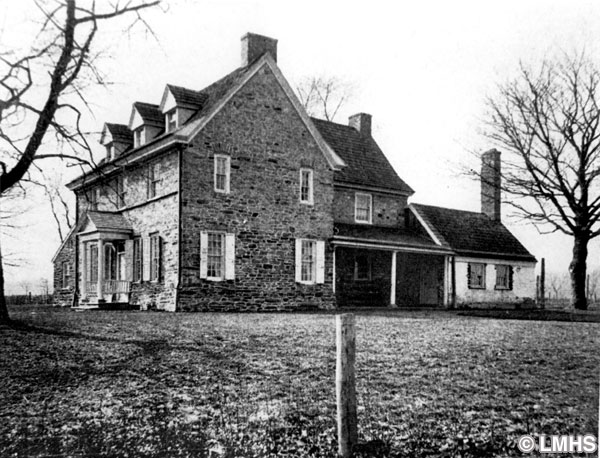
The Harrison Era
The name change of the house and estate came in 1719 with the sale of the property to Maryland tobacco planter Richard Harrison. Harrison had married Philadelphian Hannah Norris in 1717; some of the vast Norris family holdings were known as Norriton, thus their land became known as Harriton.
Though a Quaker, Harrison brought tobacco culture and black slaves with him from Maryland, and the Harriton estate is believed to be the northernmost tobacco plantation on the southern slave economy in the colonies prior to the American Revolution.
Harrison ran into some controversy with his fellow Quakers at Merion Meeting and was chastised not for owning slaves but for owning too many. At the time of his death in 1746, Negro slaves represented better than half of his personal estate, (690 pounds sterling), while all of his household goods, wearing apparel and implements of husbandry represented only about 25% of his estate (390 pounds sterling). Tobacco was grown successfully and profitably at Harriton at least until Harrison’s death.
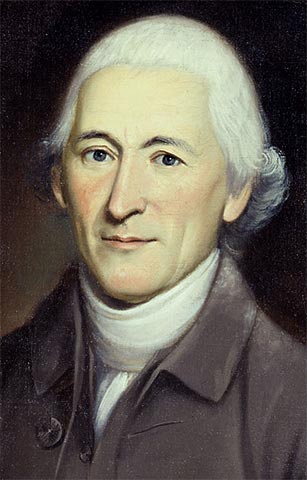
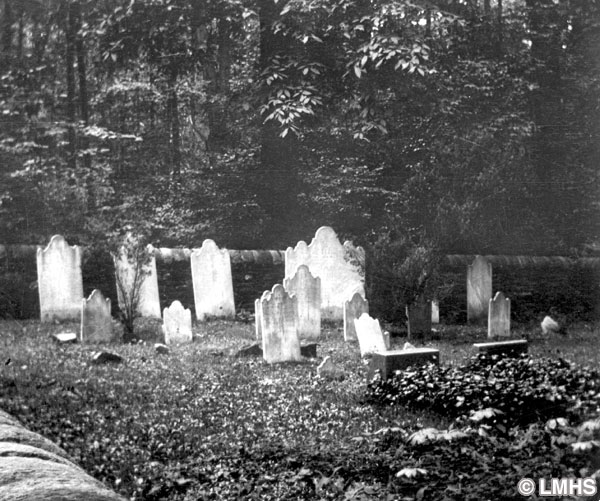
The Thomson Occupancy
Charles Thomson was Harriton’s most famous occupant. He came to Lower Merion and Harriton by his marriage to Richard Harrison’s daughter Hannah. Hannah had inherited the property the same year as her marriage to Thomson, just four days prior to his election as the first and ultimately only Secretary to the Continental Congresses.
Thomson would be most quickly remembered as the designer of the Great Seal of the United States as well as the man who attested to the Declaration of Independence as an official resolution of Congress.
Thomson spent his retirement years at Harriton, from 1789 until his death in 1824, after 15 years (1774-1789) of public service. Thomson had two major interests in his retirement. The first was America’s principal industry after the Revolution, agriculture. He experimented with new agricultural techniques and crops, and he was an avid beekeeper.
Thomson was an ardent abolitionist, and he managed his farm not with slaves but by letting out on “shares” with his workers. His second interest was the completion of the first translation of the Bible from Greek to English, to be published on the North American continent in 1808.
Tenant Farmers
The Thomson’s had no children, and the estate eventually descended through a blood relative of Hannah’s sister, a young woman named Naomi McClenachan who married Levi Morris (for whom Morris Avenue is named).
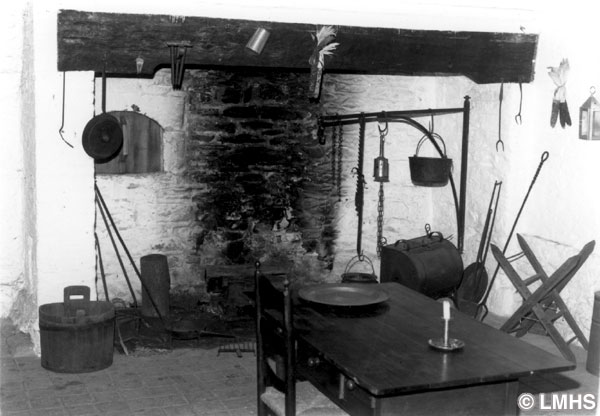
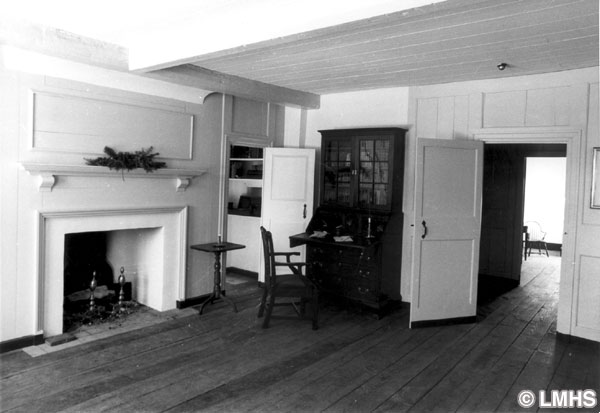
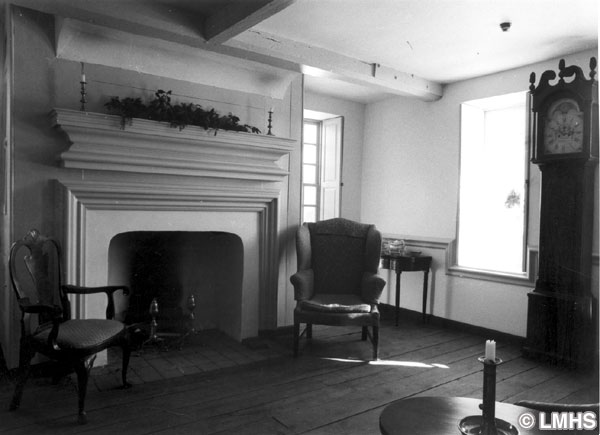
After Thomson’s death, the substantial stone house was the home of Naomi’s tenant farmers through the 19th century. The huge Harriton estate was divided essentially in half in 1901 with the sale of a parcel of ground to William Austin, who built his manor house known as Beaumont. Harriton House was last used as a tenant farmhouse by the dairy manager, Frederick Huggler, for the Harriton Guernsey Dairy (1908-1927) which provided milk and cream to the growing suburban Lower Merion community.
An Historic Treasure
The house was sold out of the family in 1927 and purchased by Lower Merion Township as an historic site in 1969 through the efforts of the Harriton Association. Today, the house has been faithfully restored to the period of Charles Thomson’s occupancy and is open to the public on a regular basis. It is furnished with a fine collection of 18th century American decorative arts, including objects owned and used by the first and only Secretary to the Continental Congresses, Charles Thomson.
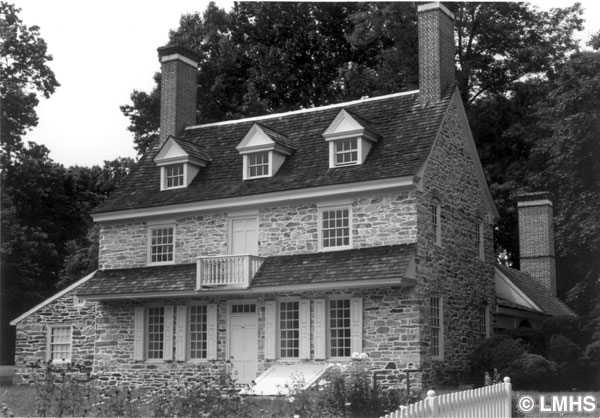
with pent eave and balcony across its front.
